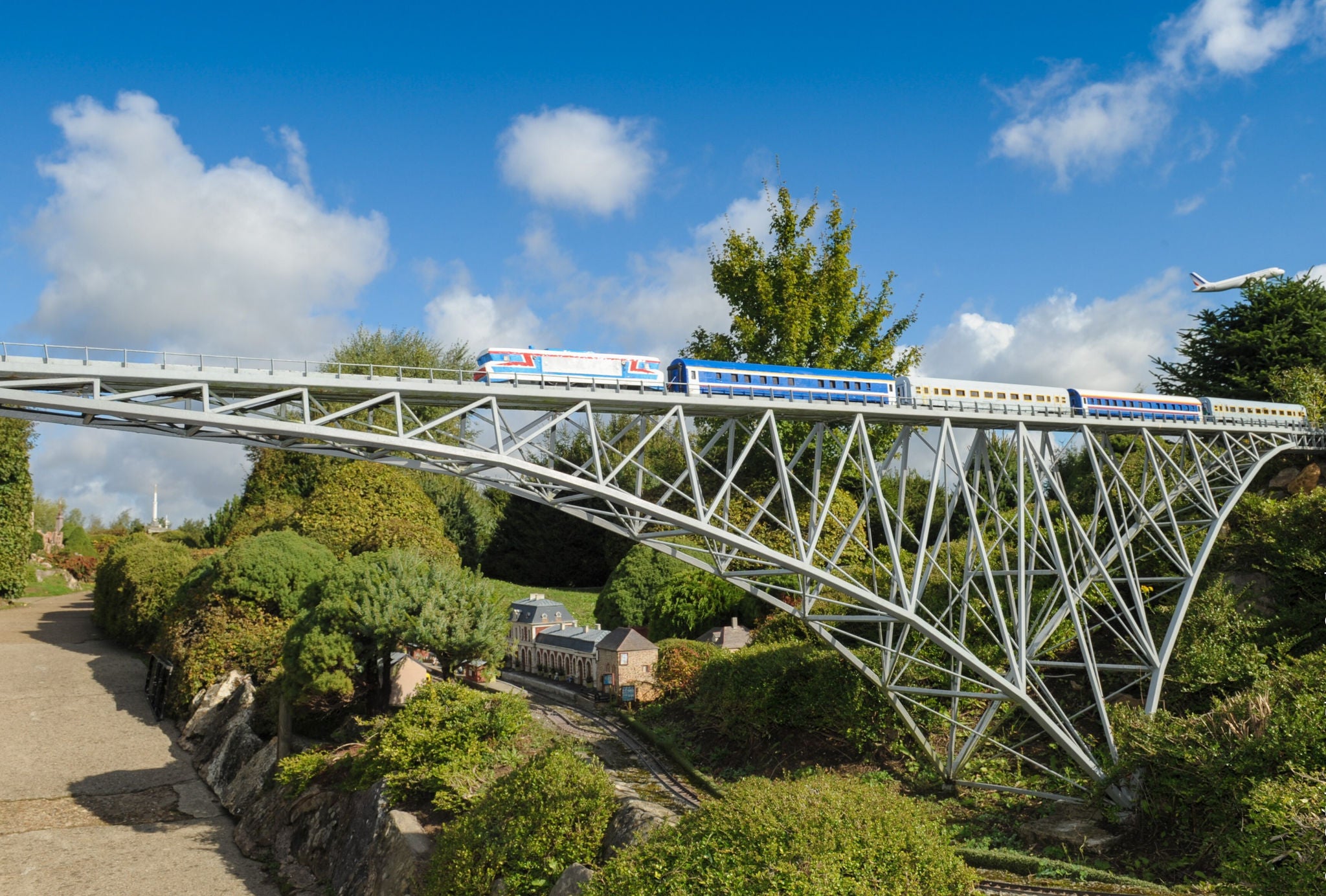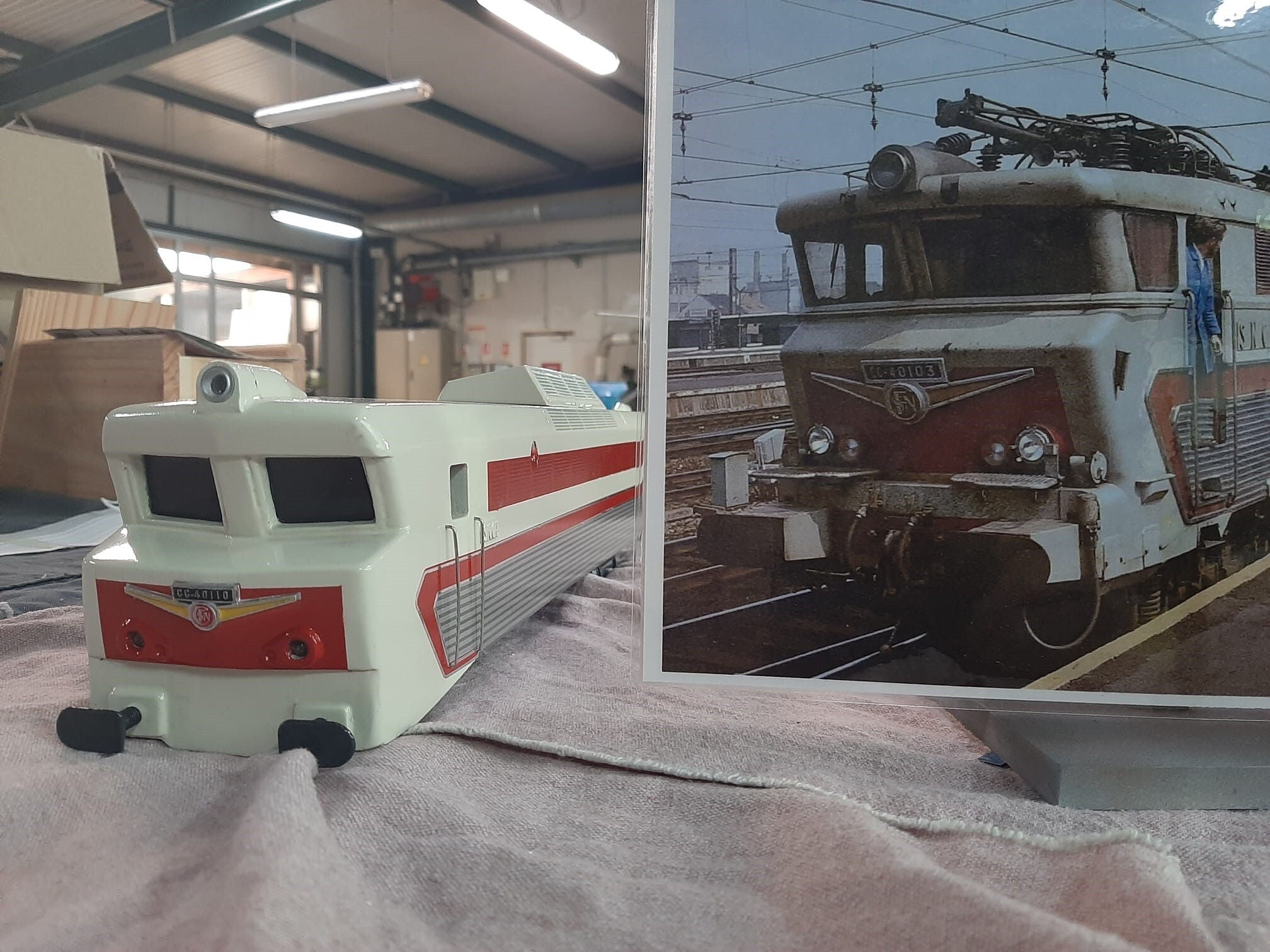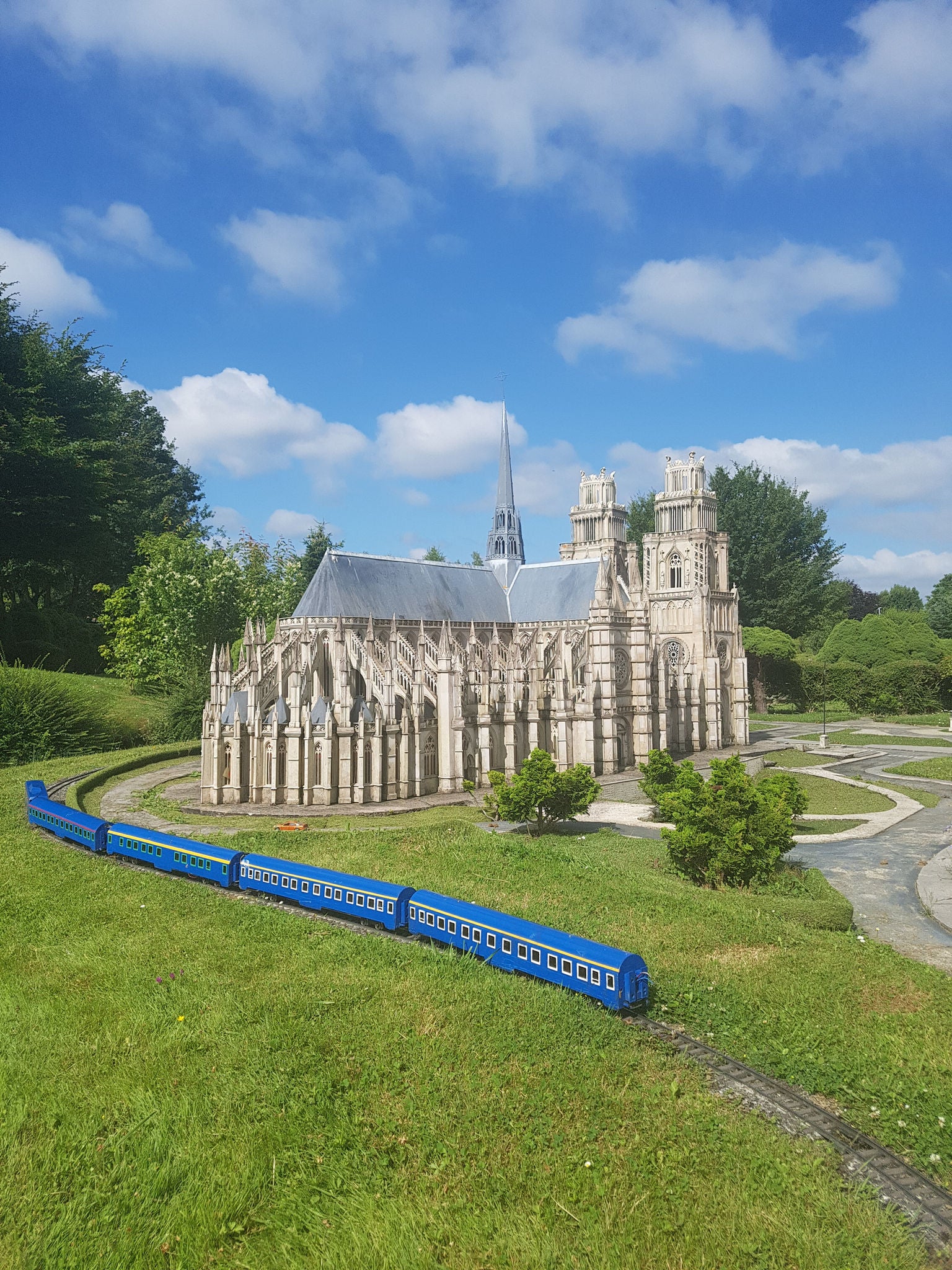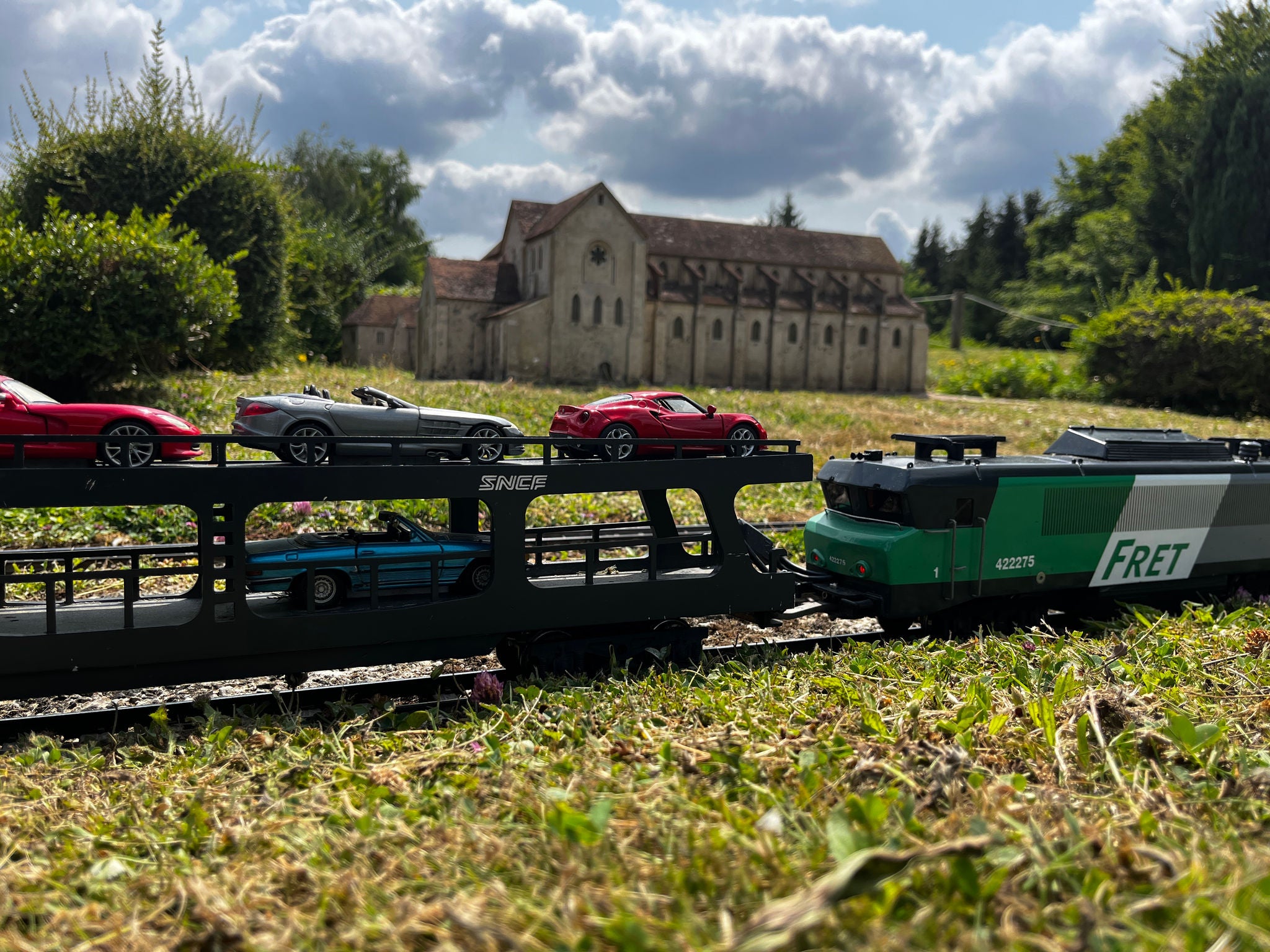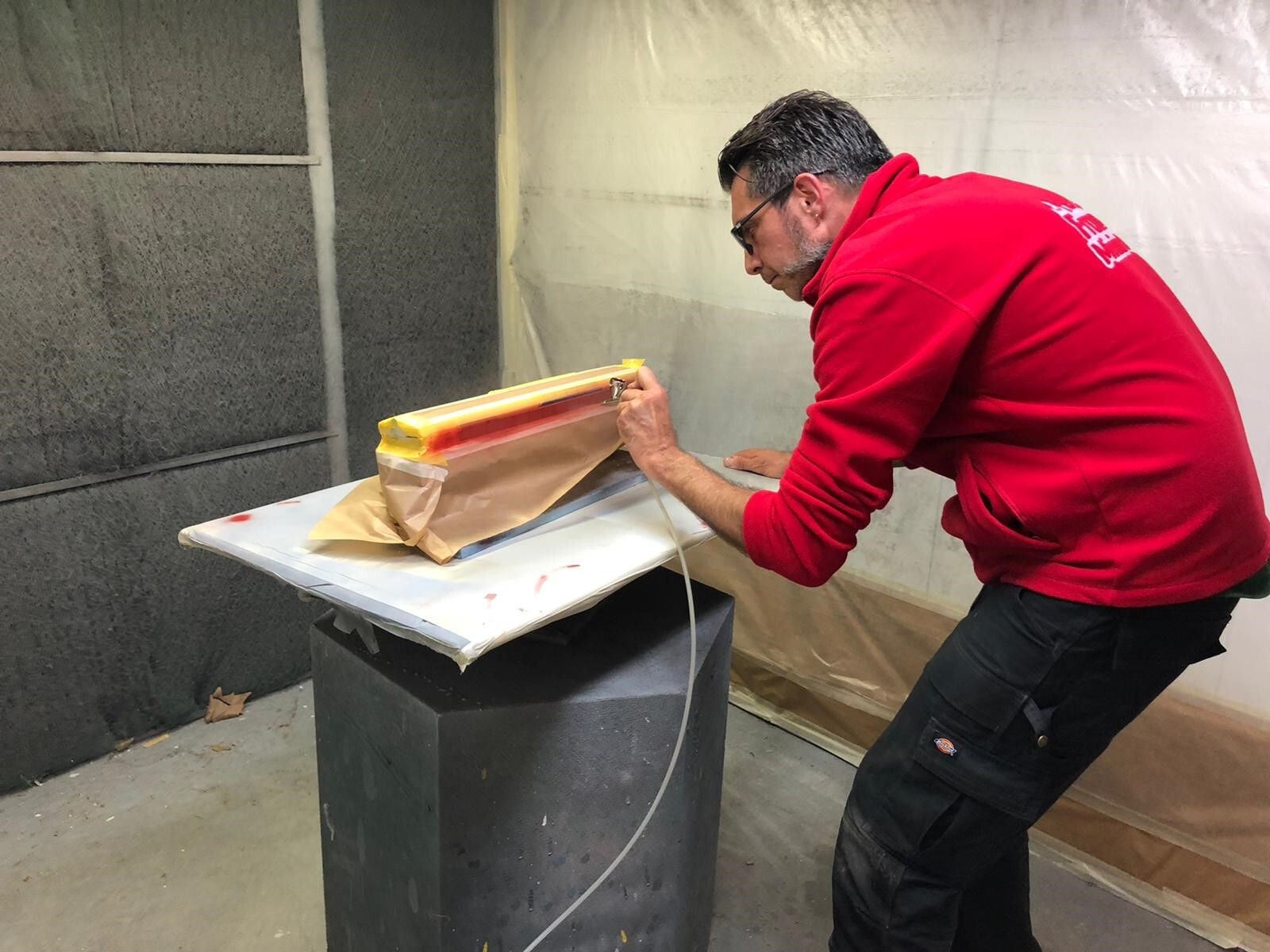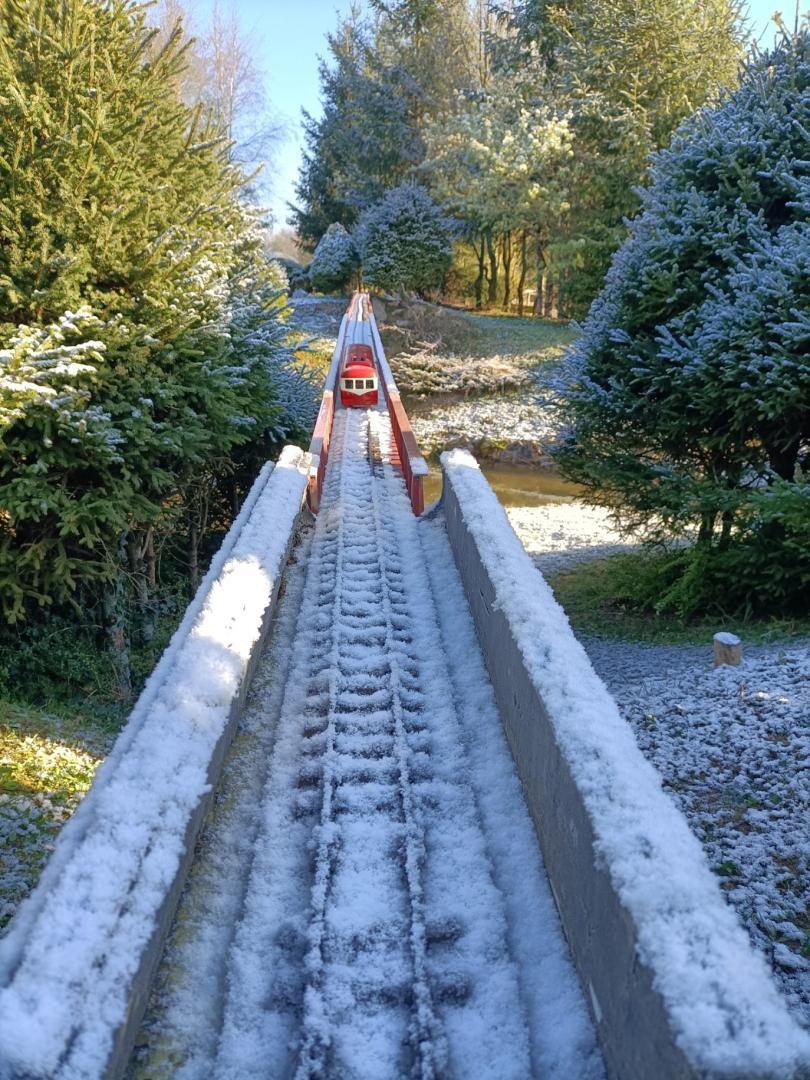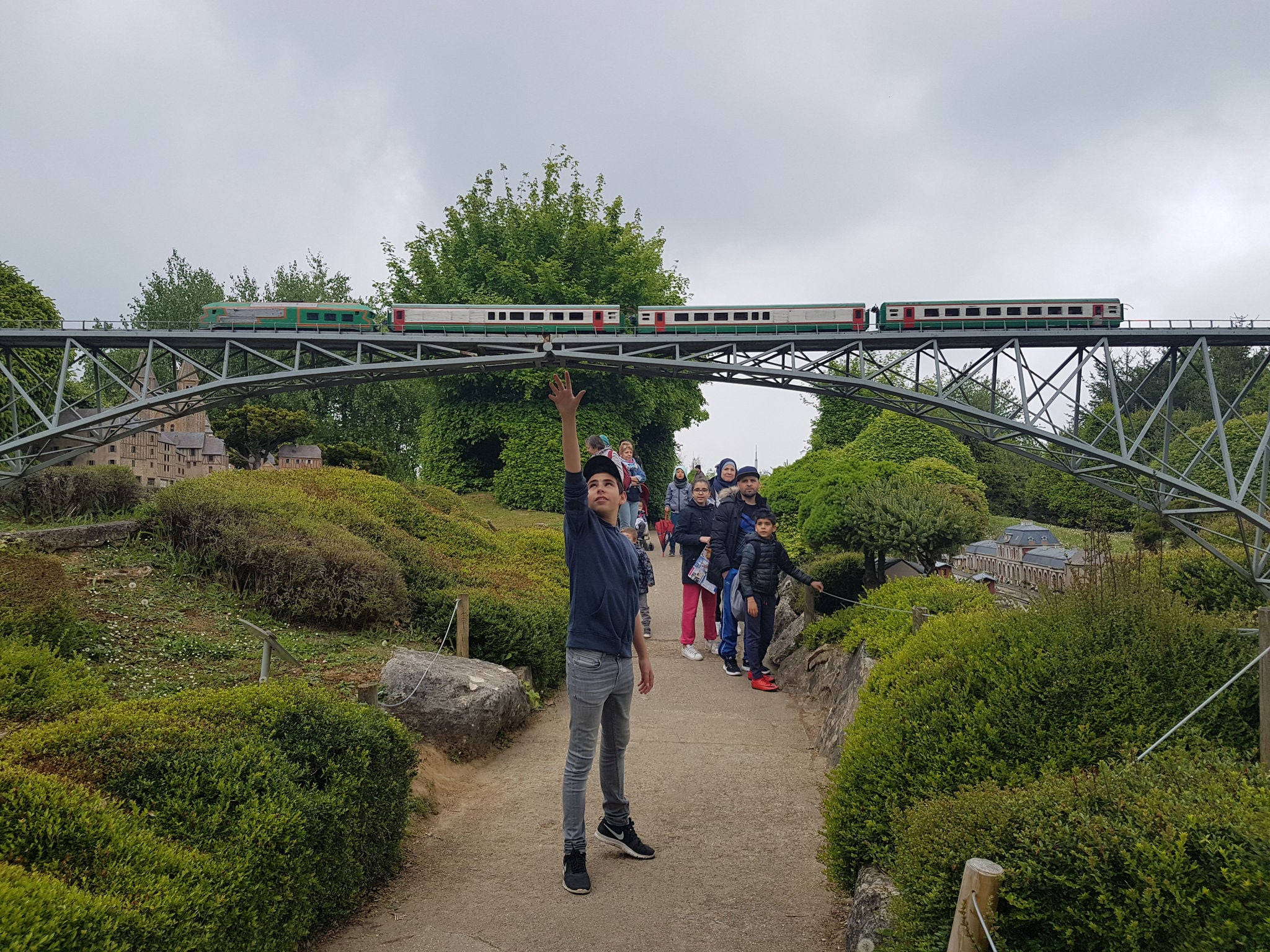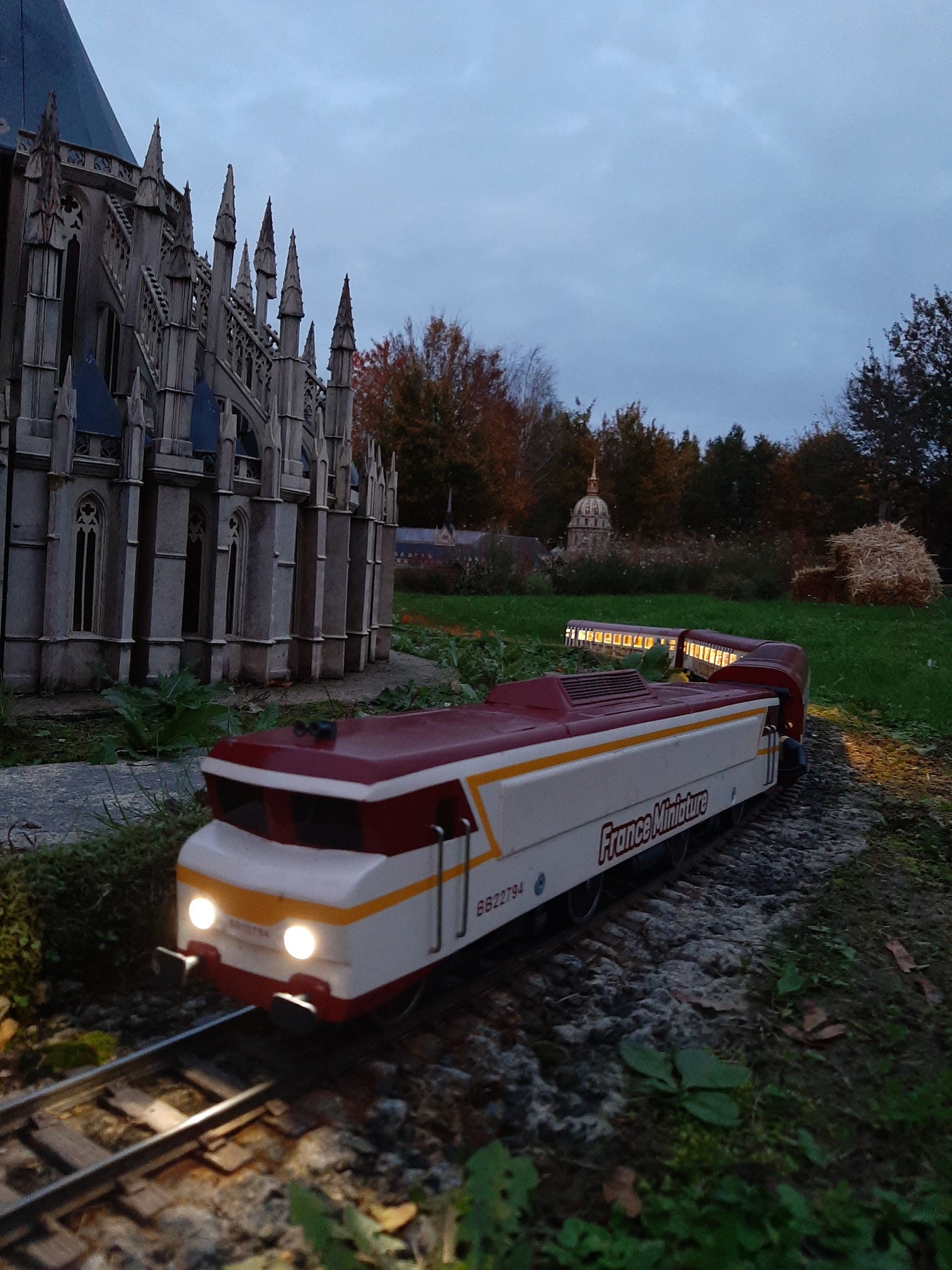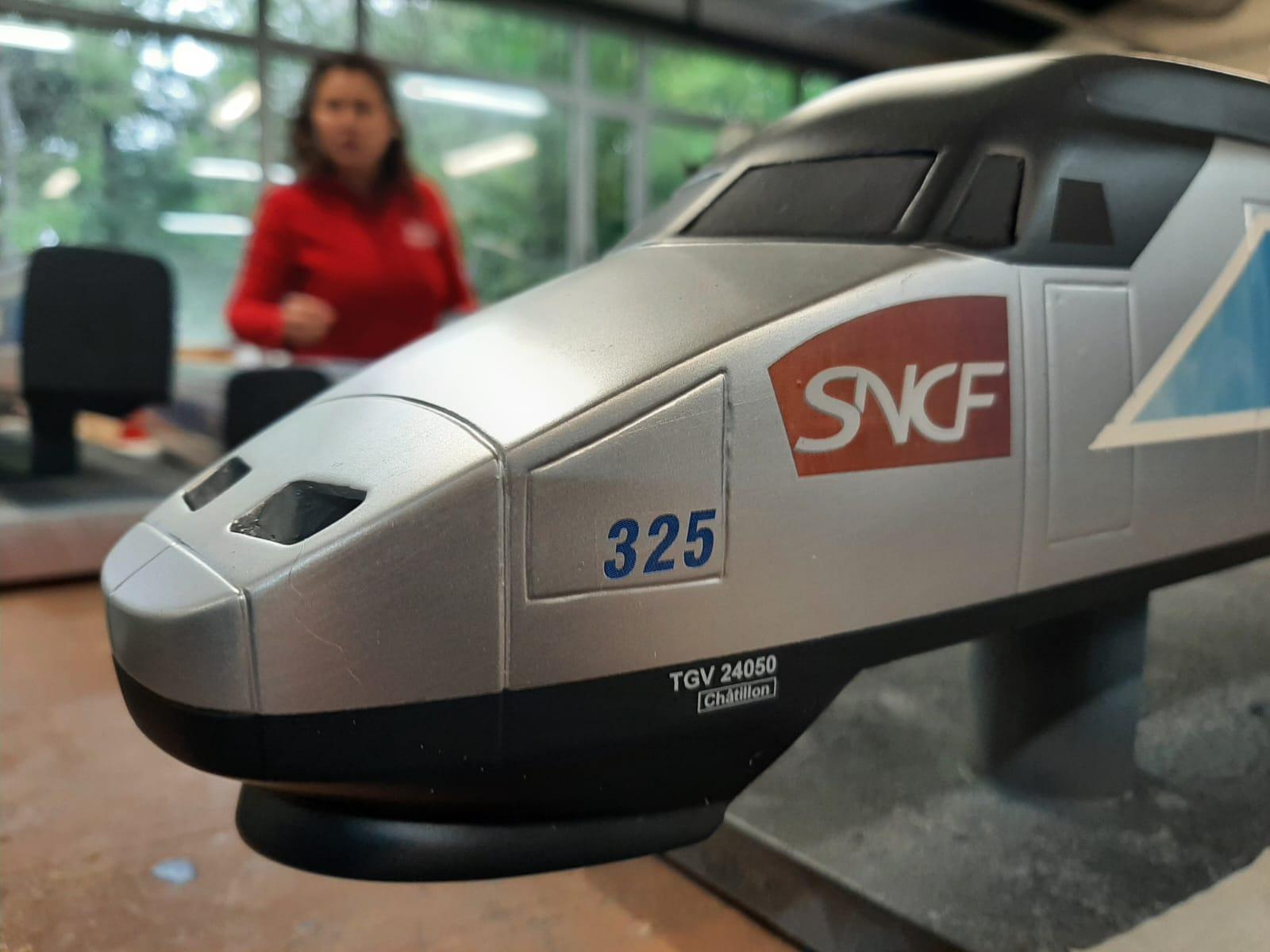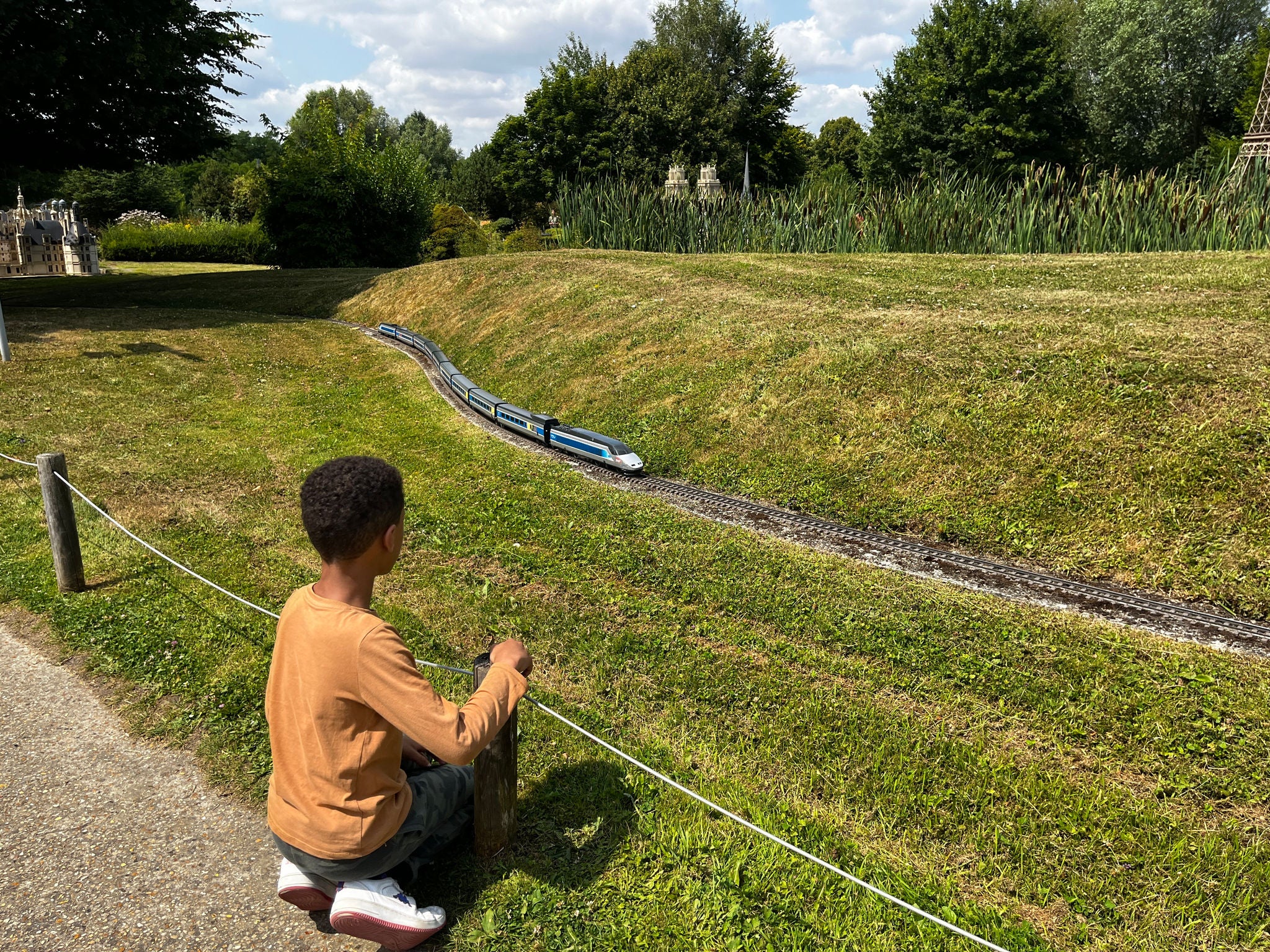Initially, the locomotives and wagons were purchased commercially, but they couldn't keep up with demand. They were soon replaced with custom models designed for endurance.
Locomotive bodies are crafted from aluminum casting and fitted with custom engine blocks to pull an average of five wagons. Wagon bodies are made from 5/10 brass sheet, photo-etched and folded for maximum lightness. Their chassis are constructed from High-Density Melamine for perfect rigidity and a low center of gravity.
Wear parts, mostly stainless steel, are manufactured using CNC machining by a subcontractor, with at least 800 wheels consumed annually.
New 3D filament printing technologies now enable model makers to design car bodies and detailed components of the new trains themselves.
